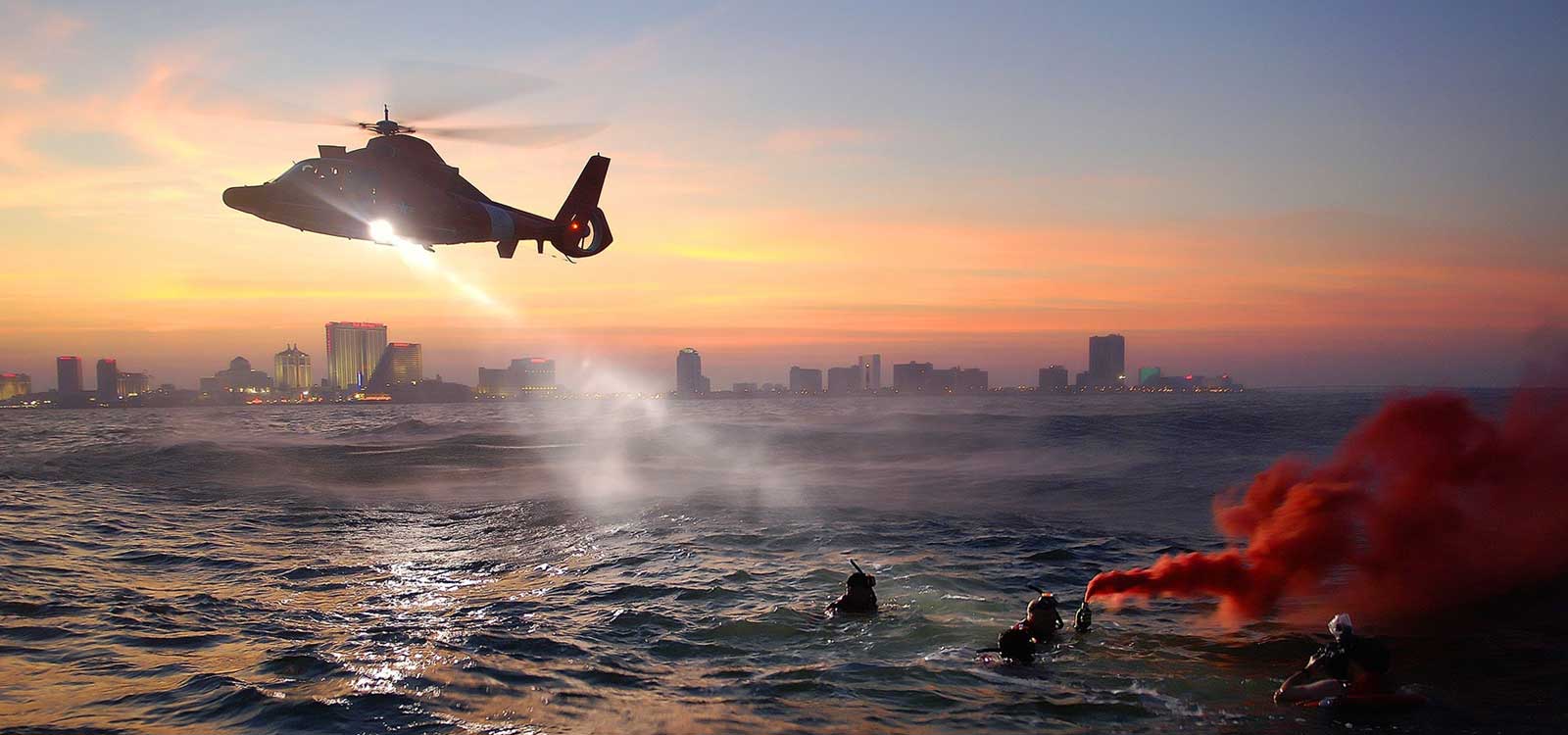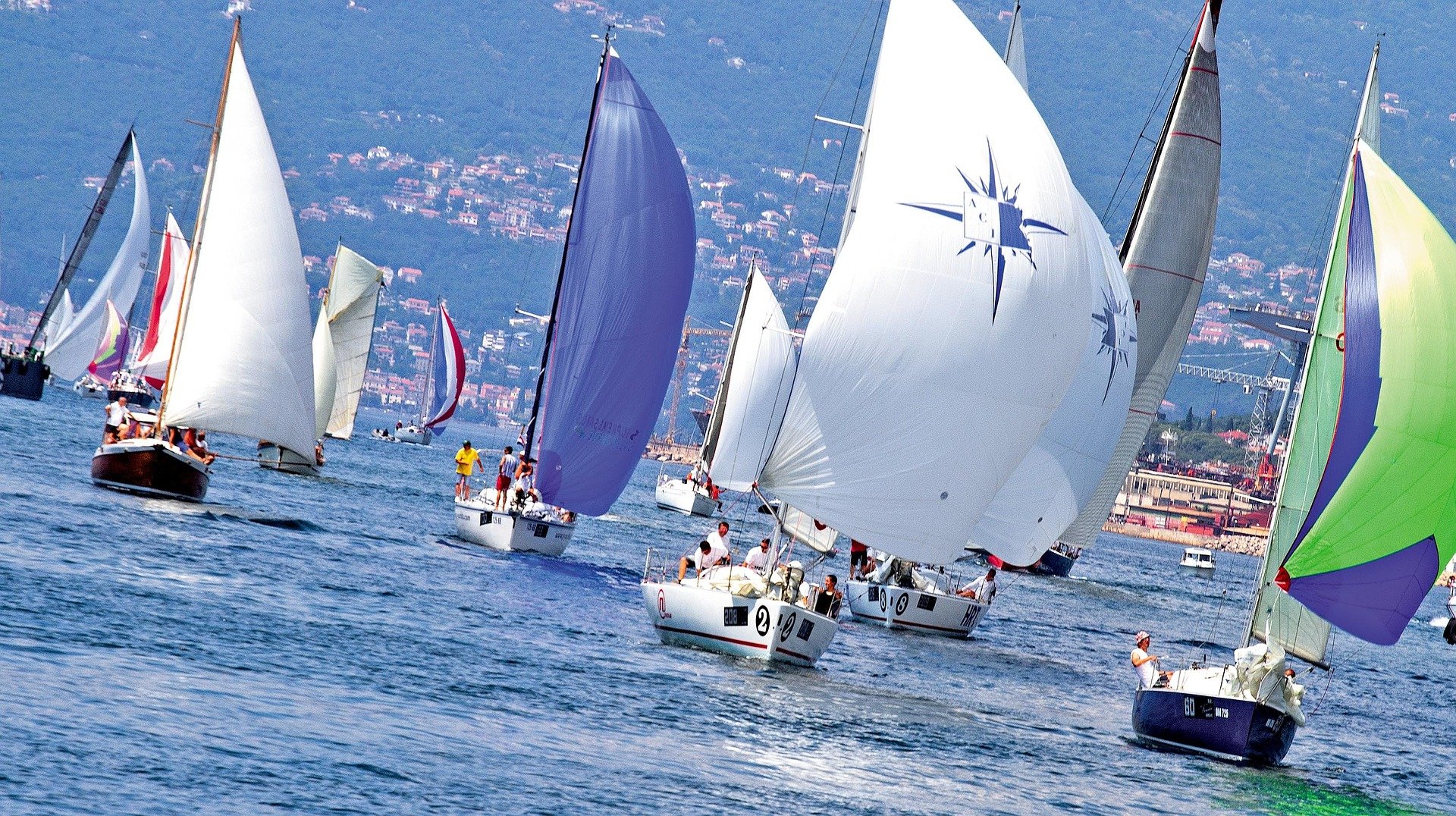Boat Flares - indicate the position of a boat or a person in distress.
Boat Flares - White Red, Orange and Parachute
White Flares: To indicate to another boat, there could be a danger of collision.
Red Flares: Can be used night or day and are very bright and visible. Ideal for attracting the attention of other boats, search and rescue helicopters, and rescue organisations.
Orange Smoke Flares are for daytime use only. It can be a canister to throw in the water or handheld.
Parachute Flares: A red rocket flare used day or night, reaching a height of 300 metres and then drifting slowly down by parachute.

How to use a boat flare
- Select the right colour or type to be used.
- Take a position on the boat where the wind is blowing the smoke away from yourself and the boat.
- Try to wear a pair of gloves.
- Set off the flare, and let it burn at arm's length.
- Do not use a parachute flare if helicopters are in the vicinity.
Danger
A pyrotechnic flare is explosive and can be dangerous in the wrong hands.
Keeping boat flares onboard
Boat Flares should be kept in a waterproof container and if possible, with a pair of leather gloves and goggles, at sea in an accessible location near the helm. Keep them out of reach of children.
Boat Flares - Expiry Date
Flares have an expiry date marked on their side. When changing boat flares, keep one set aboard until the next expiry date, then dispose of the older set; that way, you always have two sets available, a new set and the other on standby. Always use your most recent first in an emergency and for insurance purposes.
Disposing of pyrotechnics - TEPs
Out-of-date pyrotechnics are now known as TEP's - Time Expired Pyrotechnics. Disposing of these flares can be a bit of a problem, first of all try the local chandlery or coastguard station.
Handling a boat flare
Your crew and yourself must learn how to use a boat flare. Take the flares out of their container, pass them to your crew to get them used to handling them, and read the instructions on how they are activated. Discuss the best position to set off the flare so that heat and smoke are blown away from the boat.
Team Imardex-Marine
In many countries the authorities now require paperwork showing test certificates and expiry dates for fire and safety equipment, VHF and AIS certification, and certificates showing compliance with local rules including test results of LPG appliances and systems. These systems are covered by imardex-marine’s Maintenance Programme.
Please continue to our ‘Fishing Vessel Maintenance’ page.
Posted by : The imardex-marine team


